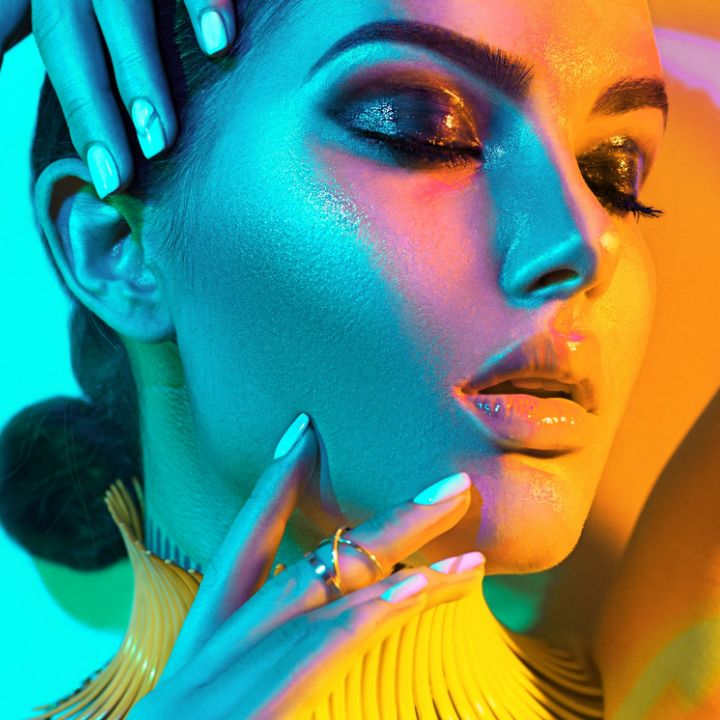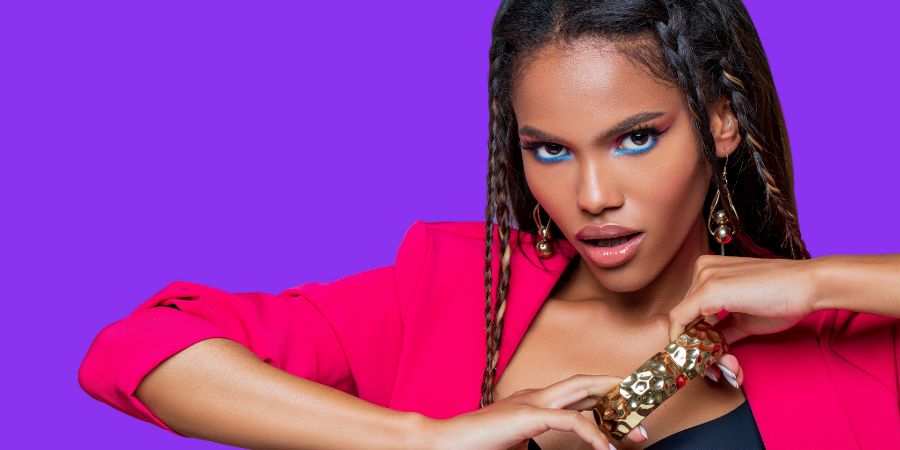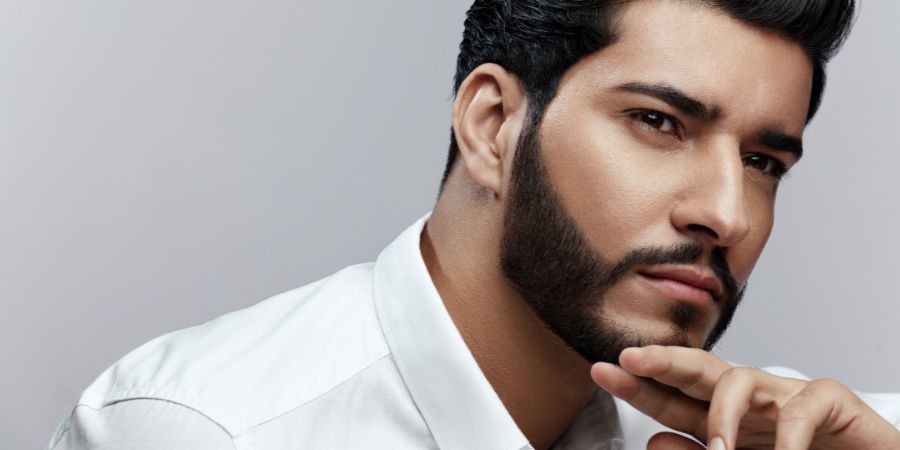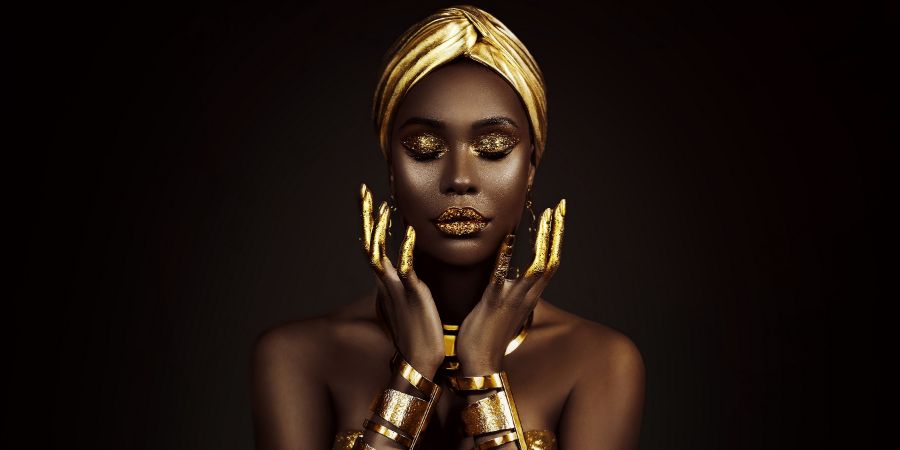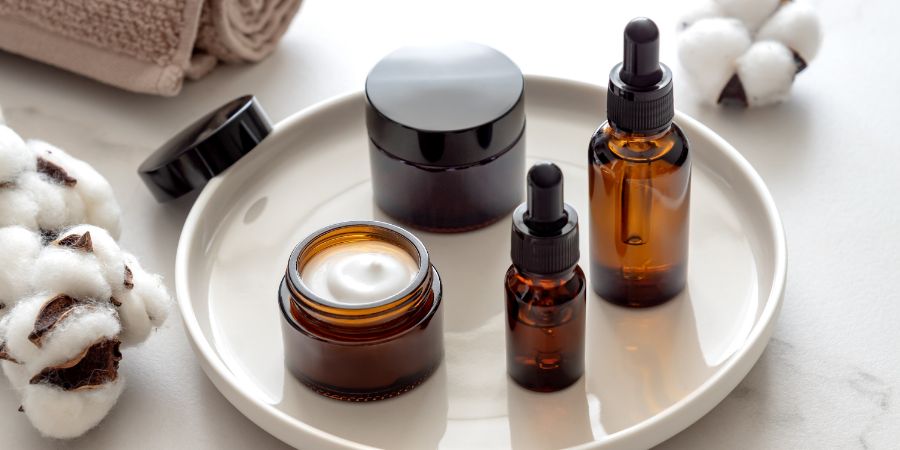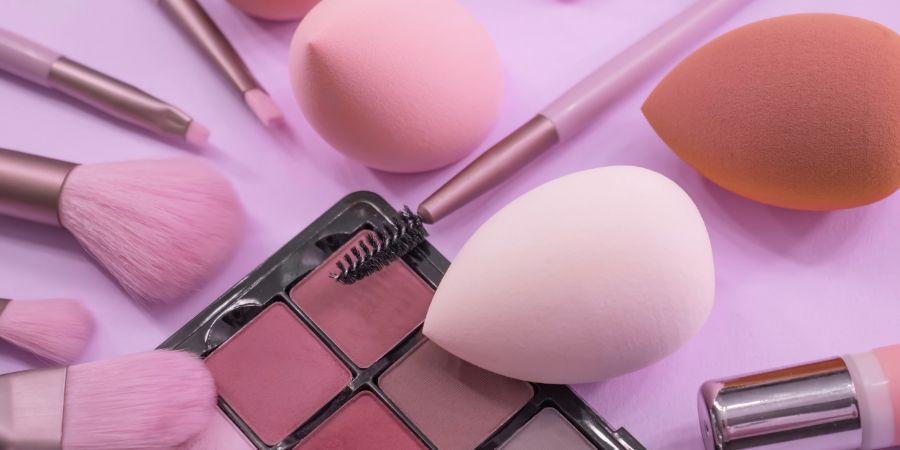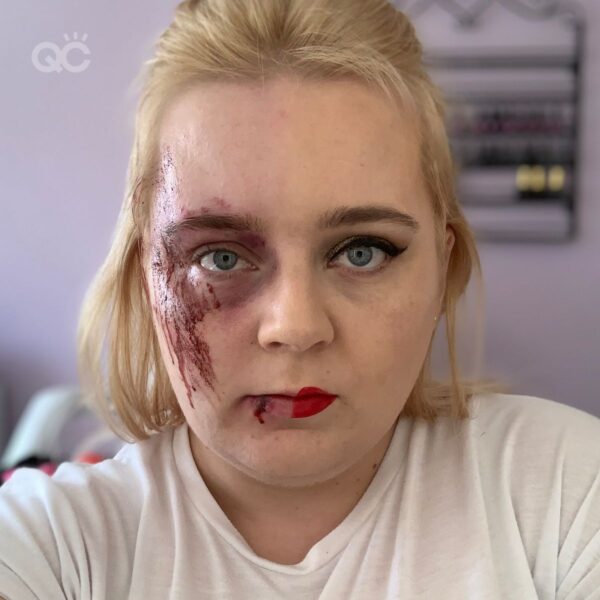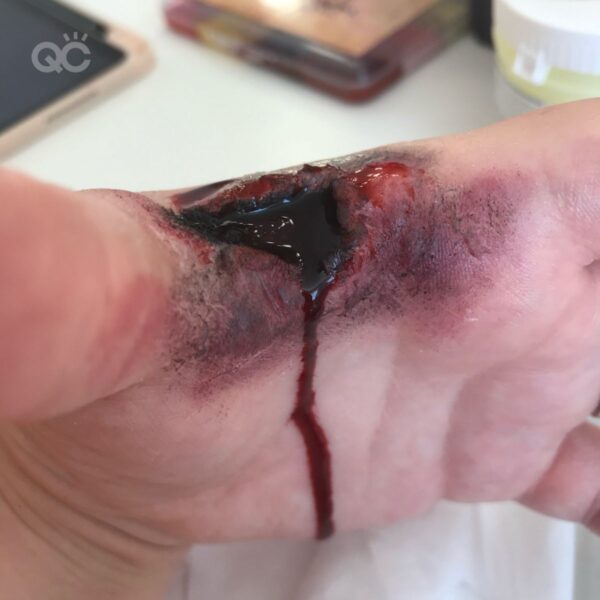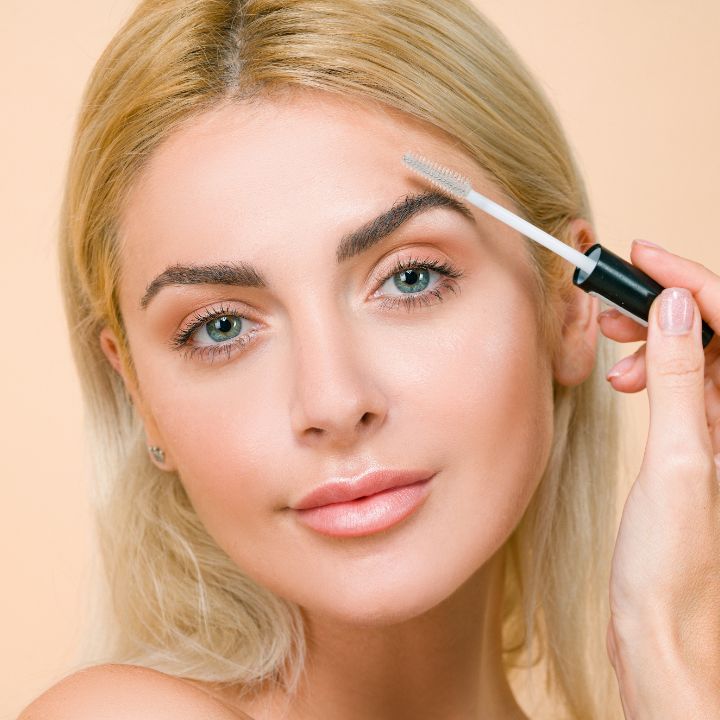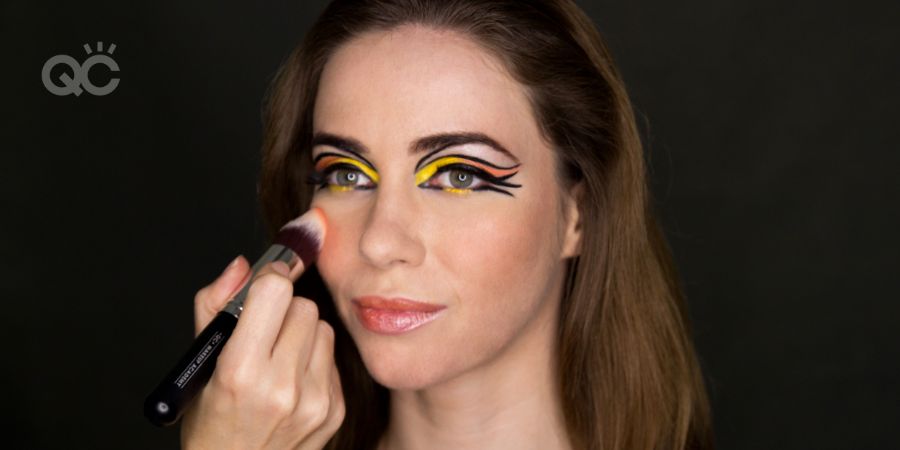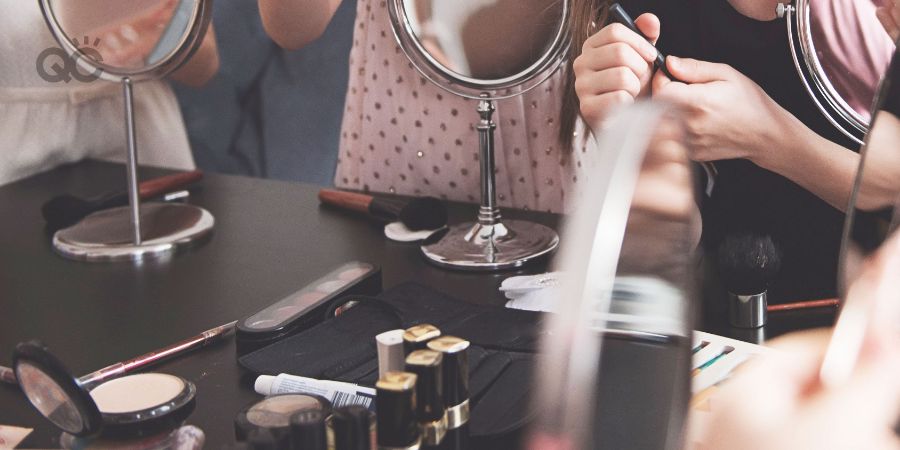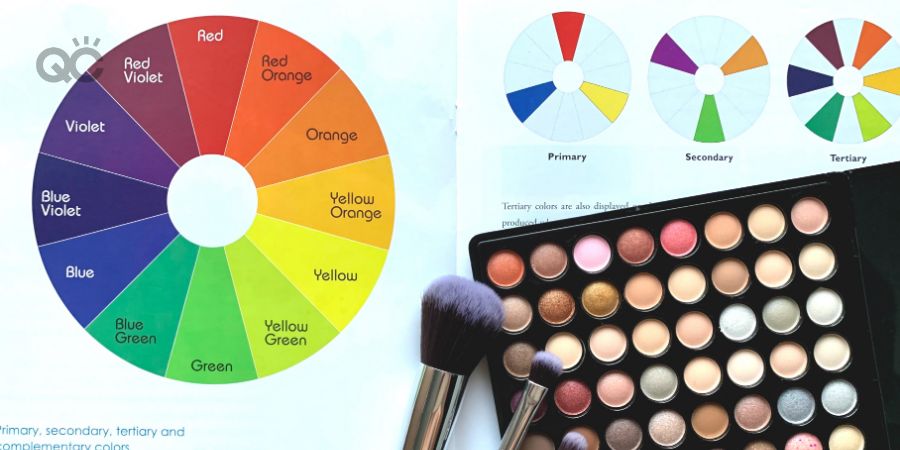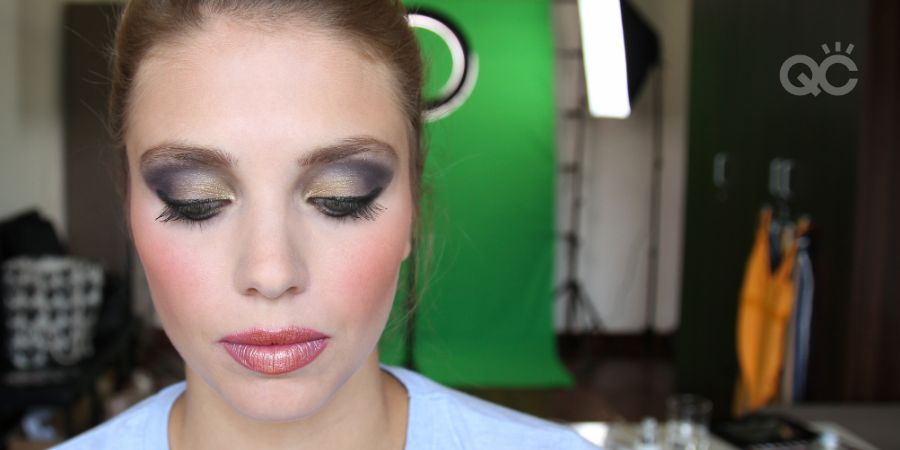
Are you tired of struggling with stubborn makeup that just won’t budge? Do you want to keep your skin healthy and glowing, even after a long day? Look no further! In this guide, we’ll dive into the world of makeup removers and share the ultimate tips for finding the best makeup remover for your beauty routine.
From micellar water to cleansing oils and wipes, we’ll explore the various types of makeup removers available, their benefits, and how to use them effectively. Whether you have sensitive skin, prefer a gentle approach, or need a heavy-duty solution, we’ve got you covered.
Read on to uncover the secrets to effortless cleansing and achieving a radiant complexion!
Benefits of Using Makeup Remover in Your Skincare Routine
Properly removing makeup is essential for maintaining healthy skin. Here are some benefits of using makeup remover in your skincare routine that can enhance your overall skin health:
- Removes all traces of makeup: A good quality makeup remover eliminates every last bit of makeup, including stubborn waterproof products. These specialized removers effectively break down makeup without harming the skin, ensuring a thorough cleanse that prepares your skin for the rest of your routine.
- Prevents clogged pores and breakouts: Leaving makeup on overnight mixes it with oil, dirt, and sweat, leading to clogged pores and breakouts. By removing your makeup before bed, you significantly lower the risk of acne and allow your skin to breathe and regenerate as you sleep.
- Keeps skin hydrated: Many makeup removers contain nourishing ingredients like aloe vera, hyaluronic acid, or vitamin E, which help dissolve makeup while hydrating and soothing the skin. This dual action keeps your skin moisturized and promotes a healthy complexion, even after cleansing.
Incorporating a quality makeup remover into your routine is a simple yet effective step toward achieving and maintaining radiant, healthy skin.
Want to learn more about skincare? Check out this skincare course sample about identifying skin types!
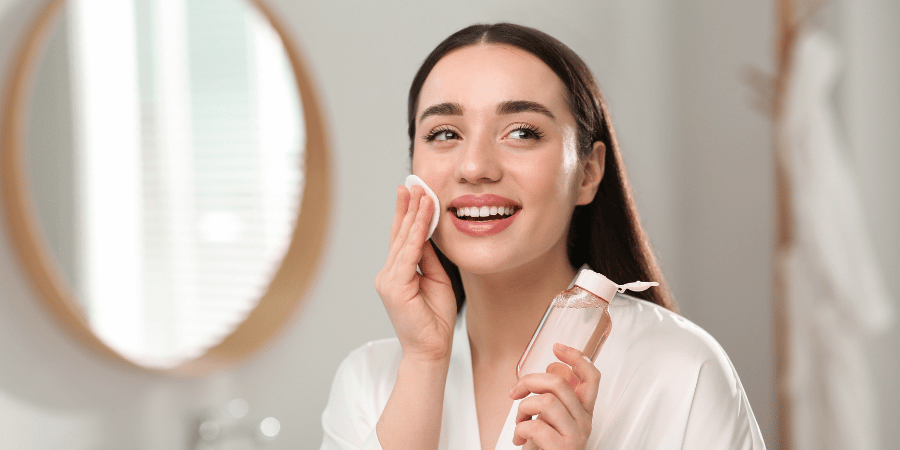
Types of Makeup Removers: Which One is Right for You?
Selecting the perfect makeup remover is crucial for keeping your skin healthy. With so many options out there, it’s easy to feel a bit lost. But don’t worry! Let’s explore some popular types of makeup removers to help you find the one that fits your needs perfectly. Your skin will thank you!
1. Oil-Based Makeup Removers
Oil-based makeup removers are great for removing heavy, waterproof makeup. They work by breaking down the oils in your makeup and lifting it away from your skin. These types of removers are best for dry or mature skin as they don’t strip the skin of its natural oils. However, if you have oily or acne-prone skin, it’s best to avoid using oil-based removers as they may clog pores and cause breakouts. Some popular oil-based makeup removers include coconut oil, almond oil, and jojoba oil.
2. Balm Cleansers
Balm cleansers are similar to oil-based removers, but they are in a solid form. They work by melting into an oil when applied to the skin and effectively removing makeup. Balm cleansers are suitable for all skin types as they do not contain harsh chemicals or stripping ingredients.
3. Micellar Water
Micellar water has become a favorite among many for its gentle yet effective makeup-removing abilities. It contains tiny micelles (oil molecules) that attract dirt, oil, and makeup from the skin’s surface without drying it out. Micellar water is suitable for all skin types, especially sensitive skin, as it does not require any rubbing or tugging on the skin.
4. Makeup Removing Wipes
Makeup-removing wipes are convenient and easy to use, especially when you’re on-the-go. However, they may not be the best option for everyday use as they can be harsh on the skin and may not completely remove all traces of makeup. It’s best to use them as a quick fix or for touch-ups rather than relying on them for your entire makeup removal routine.
Want to learn more beauty tips? Here are 30 beauty habits you should start doing ASAP.
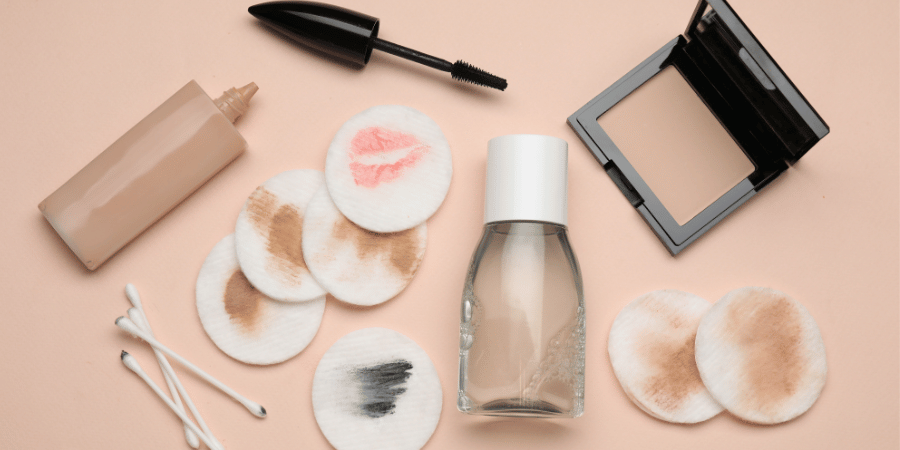
Micellar Water: The Gentle Cleanser Everyone’s Talking About
What is Micellar Water?
Micellar water has gained popularity in recent years as a gentle and effective makeup remover. It is a type of cleanser that contains tiny micelles (oil molecules) suspended in soft water. These micelles work like magnets, attracting dirt, oil, and makeup from the skin’s surface without drying it out or leaving any residue.
How to Use Micellar Water
Aside from being an excellent makeup remover, micellar water also has other uses in your beauty routine. You can use it as a facial cleanser in the morning to refresh and hydrate your skin before starting your day. It can also be used as a toner after cleansing to remove any remaining impurities and balance the skin’s pH levels. Some people even use micellar water as a makeup primer before applying their makeup. Its gentle formula leaves the skin clean, moisturized, and ready for flawless application.
Who Should Use Micellar Water?
Micellar water is suitable for all skin types, including sensitive skin. It does not contain any harsh chemicals or fragrances, making it a great option for those with easily irritated skin. Plus, it’s quick and easy to use – simply saturate a cotton pad with micellar water and gently wipe it over your face until all traces of makeup are removed. No rinsing is required!
At Home DIY Micellar Water
If you’re feeling crafty, you can also make your own micellar water at home using simple ingredients. Here’s a quick recipe to try:
- 1 cup distilled or filtered water
- 1 tablespoon witch hazel
- 2 tablespoons vegetable glycerin
- 1 tablespoon castile soap
- A few drops of your favorite essential oil (optional)
Mix all the ingredients in a clean glass bottle and shake well before each use. Use it just like you would any store-bought micellar water.

Finding Your Perfect Match: Tips for Choosing the Right Makeup Remover
Using the right type of makeup remover is crucial for maintaining healthy skin. Here are a few tips to keep in mind when choosing the right one for you:
- Consider your skin type: Different types of makeup removers work best for different skin types. Oily or acne-prone skin may benefit from micellar water or balm cleansers, while dry or mature skin may prefer oil-based removers.
- Check the ingredients: Look for makeup removers that contain nourishing and hydrating ingredients like aloe vera, hyaluronic acid, or vitamin E. Avoid those with harsh chemicals or fragrances that can irritate the skin. Learning how to understand skincare ingredients is crucial in making the best decisions for you!
- Research reviews: Don’t be afraid to do some research and read reviews before purchasing a makeup remover. This can give you insights into how effective and suitable it is for different skin types.
- Try samples or travel sizes: If you’re unsure about a particular makeup remover, try purchasing a sample size or travel size first to test it out before committing to the full-size product.
Now that you know some tips for finding the right makeup remover, you’re one step closer to glowing and radiant skin. While purchasing products is one way to go, some people prefer to create makeup removers themselves!
Simple DIY Makeup Remover: Natural Alternatives You Can Make at Home
If you prefer to use natural products on your skin, making your own makeup remover at home is a great option. Here are some easy and effective DIY makeup remover recipes:
Coconut Oil and Honey
Mix equal parts of coconut oil and honey to create a nourishing and hydrating makeup remover that will leave your skin feeling soft and moisturized.
Olive Oil and Castor Oil
This combination works well for removing stubborn eye makeup while also conditioning the lashes.
Milk and Almond Oil
Combine 1/4 cup milk with 1 teaspoon of almond oil for a gentle yet effective cleanser suitable for all skin types.
Aloe Vera and Witch Hazel
Mix 2 tablespoons of aloe vera gel with 1 tablespoon of witch hazel for a soothing remover that helps calm the skin while effectively removing makeup.
Remember to always patch-test any DIY recipe before fully incorporating it into your routine to avoid any potential allergic reactions.
Did you know QC’s skincare consultant course covers making DIY products? Check out the skincare consultant course outline to learn more!
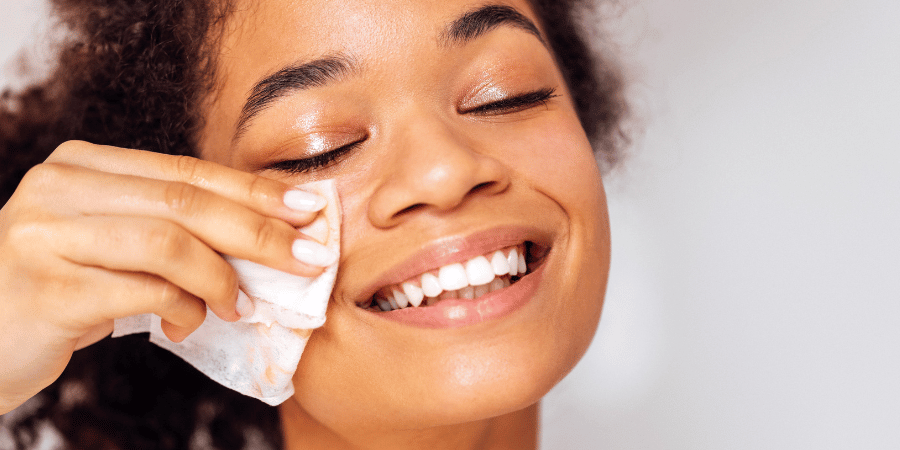
5 Common Mistakes to Avoid When Using Makeup Remover
Adding makeup remover to your skincare routine is a must- but only if done properly! Many people make simple makeup remover mistakes that can harm their skin. Here are some common pitfalls to avoid:
- Not using enough product: Using too little makeup remover may not effectively remove all your makeup, causing you to go through multiple cotton pads and potentially irritate your skin from excessive rubbing.
- Rubbing too harshly: Be gentle when removing your makeup, especially around the delicate eye area. Excessive rubbing can cause irritation or even contribute to premature wrinkles.
- Skipping removal altogether: Even on days when you don’t wear makeup, it’s important to cleanse your skin before bed to remove any dirt and oil buildup from throughout the day.
- Using the wrong type of remover: Different makeup products require specific types of removers. For example, waterproof makeup often needs an oil-based remover, while lighter makeup can be removed with a gentle cleanser.
- Not following up with skincare: After using makeup remover, it’s crucial to follow up with a cleanser to ensure all residue is gone, preventing clogged pores and breakouts.
By avoiding these common mistakes, you can achieve clean and radiant skin!
Pro Tip: Always read the ingredients when purchasing makeup products. When looking for new products, be sure to avoid these 6 harmful makeup ingredients!

Is Natural Makeup Remover Better?
In today’s market, there’s a treasure trove of information about natural makeup removers. However, not all of it is true! It’s important to distinguish between myths and facts to ensure we care for our skin effectively.
Natural Makeup Removal Myths
- Natural makeup removers are always better for your skin.
- Traditional products are less effective than natural options.
- All “natural” labeled products are completely safe.
Natural Makeup Remover Facts
- The best makeup remover depends on personal preference and skin type.
- Effectiveness and safety should be prioritized over labeling, being natural doesn’t always make it safer
- Choose a makeup remover that meets your needs and maintains healthy skin without irritation.
Keep in mind when shopping that many companies try to entice consumers with labels like “natural,” which are often unregulated. When searching for products, keep an eye out for the term “organic.” Unlike “natural,” organic is a regulated label that means at least 95% of ingredients capable of being organic have to be.
At the end of the day, the most important thing is to do your research! Dive into the ingredients, read reviews, and discover what works best for your unique skin. Whether you choose natural products or not is entirely up to you—just remember to make informed choices that make you feel fabulous! Happy shopping! 🌿✨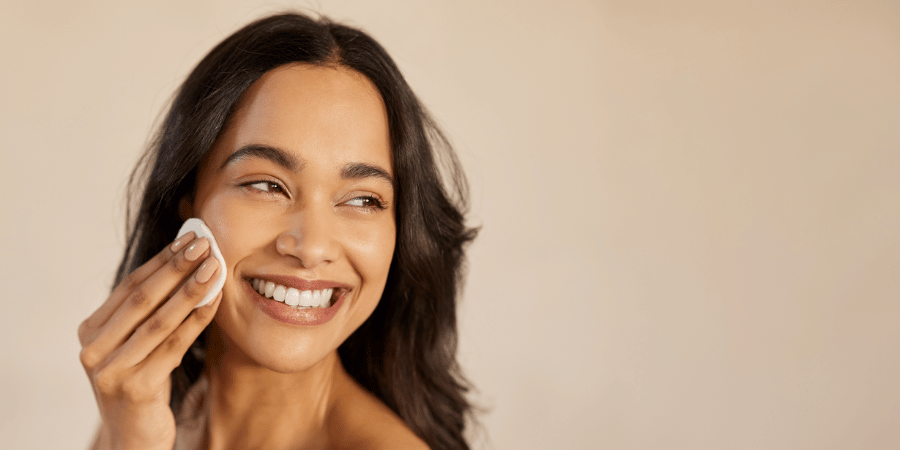
Makeup Remover FAQ
What's the difference between eye makeup remover and regular makeup remover?
A: Eye makeup removers are specially formulated to be gentle on the delicate skin around the eyes and effectively remove waterproof or long-wearing eye makeup. Regular makeup removers can also be used on the entire face but may not be as gentle on the eyes.
Can I use just water to remove my makeup?
A: Water alone is not enough to effectively remove makeup, especially waterproof or long-wearing formulas. It’s best to use a designated makeup remover for proper cleansing.
What's the difference between makeup remover and cleanser?
A: Makeup remover is specifically designed to remove makeup, while cleanser is meant to cleanse the skin of dirt, oil, and impurities. It’s important to use both in your skincare routine for optimal results.
How often should I use a makeup remover?
A: It’s recommended to use a makeup remover every night before bed, even on days when you don’t wear makeup, to ensure your skin is clean and free of any buildup.
Do I still need to wash my face after using a makeup remover?
A: Yes, it’s important to follow up with a gentle cleanser and moisturizer after using a makeup remover. This helps remove any residual product and prepares the skin for the rest of your skincare routine.





